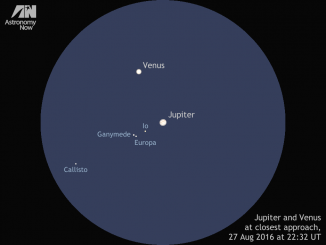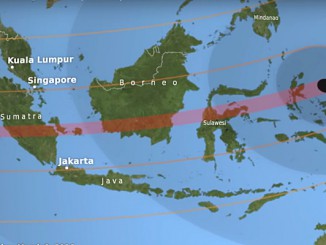
Supermoon of 14 November is the closest Moon to Earth since 1948
When a full Moon makes its closest pass to Earth in its orbit it appears up to 14 percent bigger and 30 percent brighter than average, making it a supermoon. This month’s full Moon on Monday 14 November is the closest Moon to Earth since 26 January 1948. The Moon won’t be this super again until 25 November 2034!









